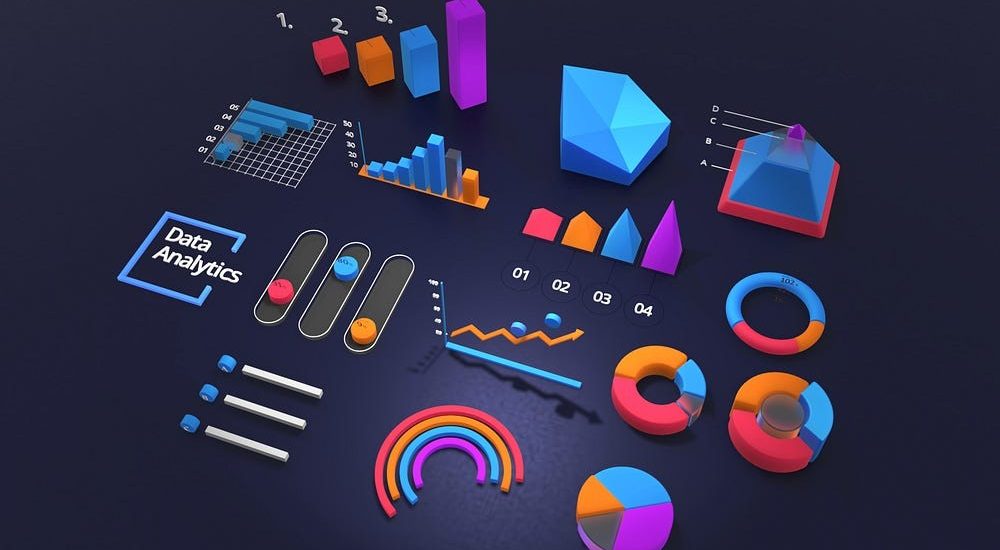The ability to convey complex data in a clear and engaging manner is paramount in today’s information-driven world. Enter infographics: a powerful tool that seamlessly blends information and design to create compelling visual stories. Infographics have revolutionized the way we consume and understand data, making intricate concepts digestible and memorable. In this article, we’ll delve into the art of infographic design, exploring how to effectively translate intricate data into captivating visual narratives.
- Understanding the Power of Infographics:
- Infographics serve as visual aids that distill complex information into easy-to-understand visuals.
- They enhance comprehension and retention by leveraging the brain’s preference for visual content.
- Infographics are versatile tools used across various domains, including marketing, education, journalism, and research.
- Crafting a Compelling Story:
- Begin by defining the objective and audience of your infographic.
- Identify key data points and insights that support your narrative.
- Structure the information flow logically, guiding the viewer from introduction to conclusion.
- Incorporate storytelling elements such as characters, plot, and conflict to create an emotional connection.
- Simplifying Complex Data:
- Break down complex data sets into manageable chunks.
- Use visual elements like charts, graphs, and diagrams to illustrate relationships and trends.
- Incorporate icons, illustrations, and symbols to represent concepts and enhance visual appeal.
- Strike a balance between simplicity and depth, ensuring clarity without oversimplification.
- Choosing the Right Design Elements:
- Select a cohesive color palette that aligns with your brand or theme.
- Use typography strategically to emphasize key points and maintain readability.
- Experiment with layout and composition to create visual interest and hierarchy.
- Incorporate whitespace to enhance clarity and prevent visual clutter.
- Enhancing Engagement and Shareability:
- Incorporate interactive elements such as animations or clickable hotspots for digital infographics.
- Optimize for mobile responsiveness to ensure seamless viewing across devices.
- Encourage social sharing by adding share buttons and embedding codes.
- Monitor performance metrics to gauge the effectiveness of your infographic and make data-driven improvements.
- Tools and Resources for Infographic Design:
- Explore a plethora of design tools such as Adobe Illustrator, Canva, and Piktochart.
- Utilize online resources like stock photo libraries, icon sets, and infographic templates.
- Invest in professional graphic design software for advanced customization and flexibility.
- Case Studies and Inspiration:
- Examine successful infographic examples across different industries for inspiration.
- Analyze the design techniques and storytelling strategies employed in these examples.
- Draw insights from case studies to inform your own infographic projects and iterate based on feedback.
Conclusion: Infographics are a potent medium for transforming complex data into compelling visual stories. By mastering the art of infographic design, you can engage your audience, convey information effectively, and leave a lasting impression. Whether you’re a marketer, educator, or researcher, infographics offer a creative and impactful way to communicate ideas and insights in today’s visually-driven world. Embrace the power of infographics and unlock the full potential of your data storytelling efforts.






